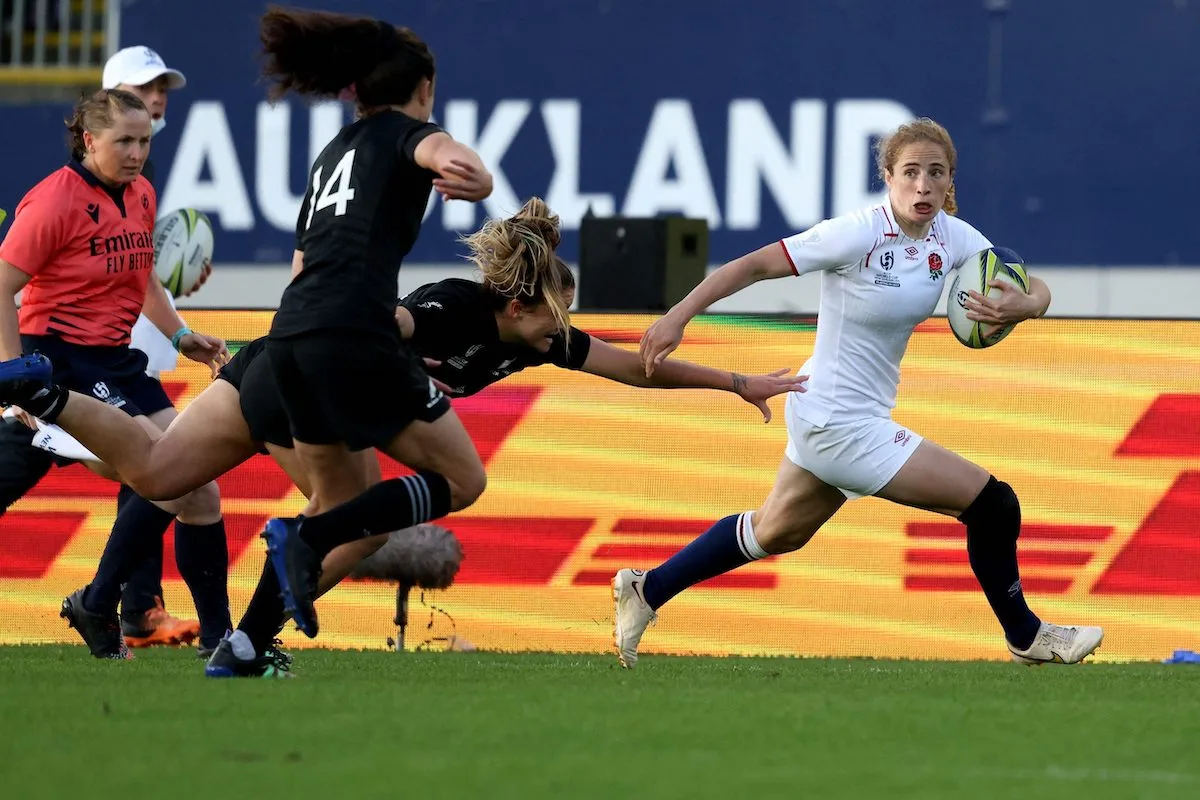Rugby, a sport defined by its raw intensity and strategic finesse, demands a keen understanding of its fundamental elements. Among these, “running lines” stand as an art form that separates the extraordinary from the ordinary on the field. In this comprehensive exploration, we delve into the heart of running lines in rugby, deciphering their significance, types, and the tactical nuances that elevate a player’s performance.
Unraveling Running Lines: A Prelude
Running lines in rugby epitomize the marriage of instinct and strategy. A running line refers to the path a player takes when attacking with the ball, aimed at deceiving the opposition’s defensive formation. It involves a player’s ability to read the defense, exploit gaps, and choose the optimal trajectory to maximize offensive impact.
1. The Blueprint of Attack
At its core, rugby is a game of territorial conquest, and running lines serve as the foundation for a successful offensive maneuver. A player’s movement along a running line is a calculated endeavor, a dynamic chess move designed to outwit the opposition. As the ball is passed, the player’s line dictates their interaction with teammates, forcing the opposition to react – creating an environment ripe for exploitation.
2. Types of Running Lines
Running lines manifest in various forms, each tailored to exploit specific defensive vulnerabilities. The “unders” and “overs” are two primary categories that players employ to disrupt and dismantle the opposition’s defense.
a. Unders Line
The unders line involves a player running at a shallower angle towards the attacking direction, aiming to exploit gaps close to the ruck or scrum. This line capitalizes on defenders being preoccupied with the immediate threat, creating room on the outside for the ball carrier to exploit. The unders line is an excellent tool for breaking the defensive line and creating a quick and unexpected attacking opportunity.
b. Overs Line
Conversely, the overs line is a deeper, more angled trajectory that draws defenders towards the ball carrier. This line stretches the defensive line and opens gaps on the inside, allowing support runners to exploit the spaces left by the defenders shifting to cover the perceived threat. The overs line is a strategic maneuver that requires precise timing and communication between players to be executed successfully.
3. The Mind of a Strategist: Reading Defenses
Crucial to executing effective running lines is the ability to read the opposition’s defensive structure. A player must analyze the spacing between defenders, the positioning of the defensive line, and the potential weak points. This requires a split-second decision-making process that distinguishes exceptional players from the rest.
4. Communication as the Linchpin
Running lines transcend individual brilliance; they thrive on the synergy and coordination of the team. Verbal and nonverbal communication are the linchpins that bind running lines into a coherent offensive assault. Players must anticipate the movements of their teammates, ensuring that the ball reaches its intended target at precisely the right moment.
5. The Art of Timing
Timing is the unsung hero of running lines in rugby. A perfectly timed run can dissect even the most resolute defense. The runner must synchronize their pace with the ball carrier’s movement, hitting the line at the exact moment when the defense is at its most vulnerable – caught in a moment of transition.
6. Running Lines in Set Pieces
Running lines extend their influence beyond open play; they play a pivotal role in set-piece scenarios as well. Lineouts, scrums, and penalty plays are orchestrated dances that involve meticulously designed running lines. These set-piece running lines seek to deceive the opposition, creating an element of surprise that can lead to a game-changing breakthrough.
Evolution in Training and Analysis
Modern rugby’s evolution is mirrored in the training and analysis of running lines. Advanced technology and data analysis provide insights that were once unimaginable. Players and coaches can now dissect running lines with precision, identifying opportunities and areas for improvement that might have previously gone unnoticed.
The Unpredictable Future of Running Lines
As rugby continues to evolve, so too will the art of running lines. New strategies, innovative tactics, and the infusion of athleticism will reshape how players approach this fundamental aspect of the game. The fusion of tradition and innovation will undoubtedly produce extraordinary moments that redefine the boundaries of possibility on the field.
In the End, the Line Beckons
Running lines in rugby are not merely paths traced on a field; they are the manifestation of strategic brilliance, individual skill, and collective cohesion. The symphony of players converging, the anticipation of defenders, and the exhilarating surge towards the try line – all of these elements coalesce into the grand tapestry of rugby’s running lines. So, the next time you watch a match, pay close attention to the players’ trajectories – for within those lines lies the heartbeat of the sport, the art of seizing opportunity, and the embodiment of rugby’s essence.
Remember, every line drawn is a declaration: a declaration of intent, a declaration of purpose, and a declaration that rugby’s vibrant spirit can be encapsulated in the sprint towards the unknown.

